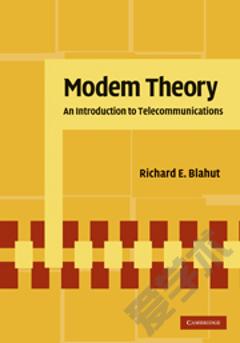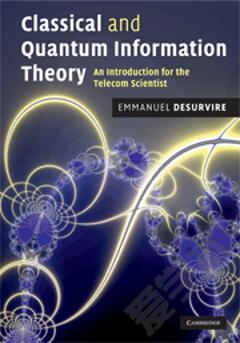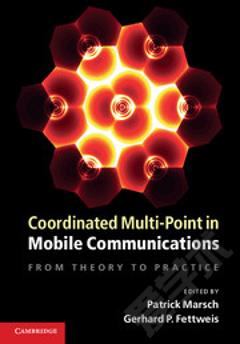Modem Theory: An Introduction to Telecommunications
At the heart of any modern communication system is the modem, connecting the data source to the communication channel. This first course in the mathematical theory of modem design introduces the theory of digital modulation and coding that underpins the design of digital telecommunications systems. A detailed treatment of core subjects is provided, including baseband and passband modulation and demodulation, equalization, and sequence estimation. The modulation waveforms for communication channels and digital recording channels are treated in a common setting and with unified terminology. A variety of more advanced topics is also covered, such as trellis codes, turbo codes, the Viterbi algorithm, block codes, maximum likelihood and maximum posterior probability, iterative demodulation, and jamming. Numerous end-of-chapter exercises are also included to test the reader's understanding throughout. This insightful book is ideal for senior undergraduate students studying digital communications and is also a useful reference for practising engineers.
{{comment.content}}








 京公网安备 11010802027623号
京公网安备 11010802027623号